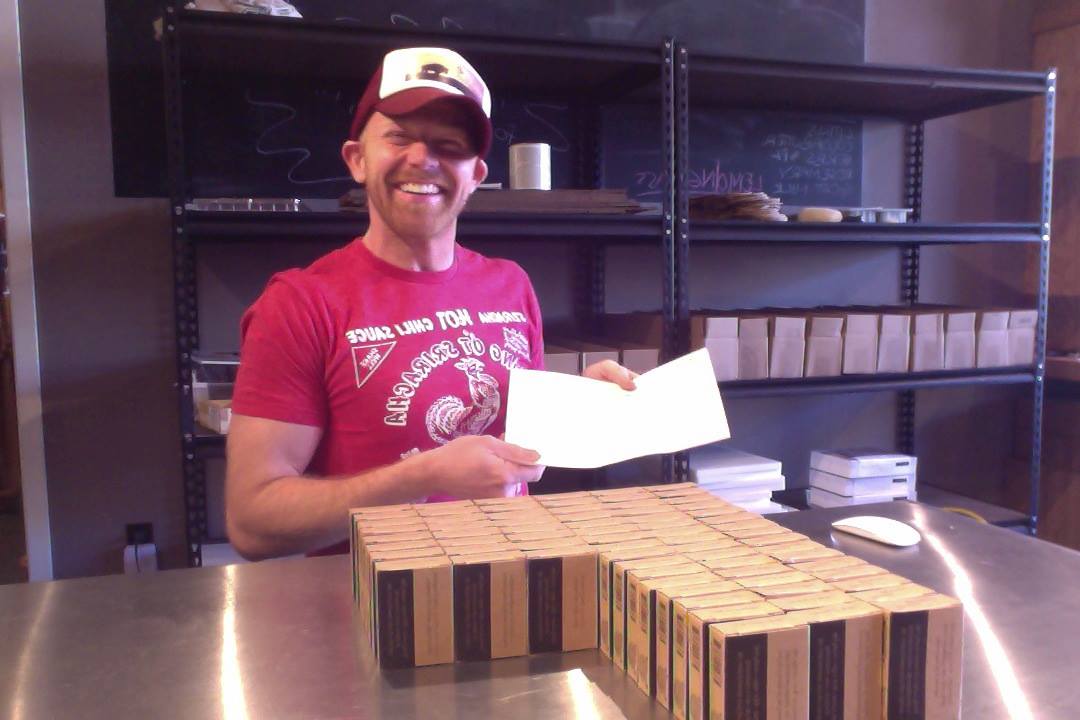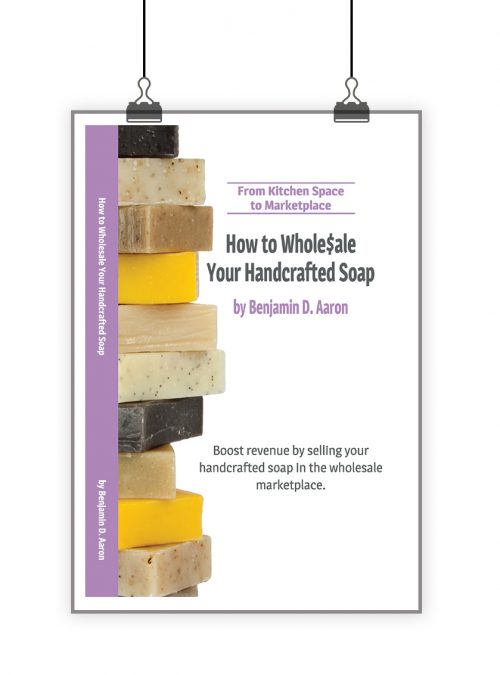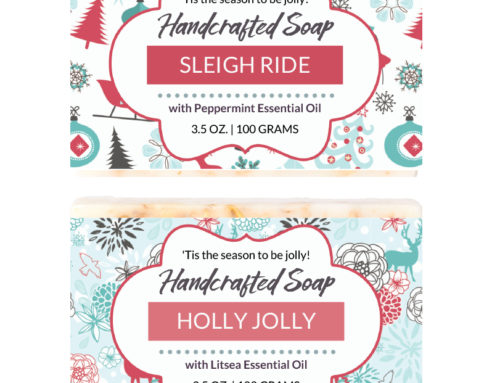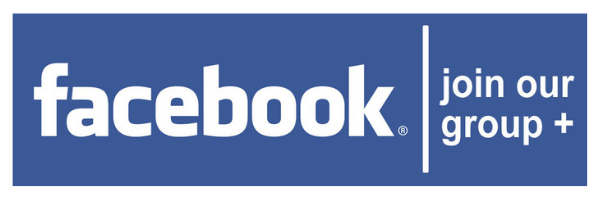(This post contains affiliate links to Amazon.)
Inventory is an accounting term, and I’m not an accountant. So, before we go any further, I want to clearly admit my general lack of specific knowledge in accounting and tax preparation. To pretend I know this extensive world of numbers would denigrate what I would consider the single-most important aspect of business as we know it. I will give you the basics, but I strongly advise you to hire a professional to guide you through the mucky maze of bookkeeping and tax planning. I also strongly recommend learning the basics of accounting. Understand, at the very least, some general accounting terminology, such as assets, liabilities and equity. Okay, back to it…
In a manufacturing operation, your accounting department (even if it is just you) begins with your inventory, or the stock of every component needed to create a finished product, as well as the finished product itself. Understanding and managing your inventory is one of the most critical factors in business success.
There is more to inventory management than simply crafting new products. You have to know what to purchase in raw materials and packaging (and any specialized equipment necessary), when to purchase it and how much to purchase. You also, of course, need to track the inventory of all raw materials and subsequent finished goods, whether manually or by computer, and use this knowledge to hone your purchasing skills and cash flow.
To understand the importance and broad view of inventory, let’s look at 4 key essentials:
1: Understanding what “enough” is and how to manage it.
Your business’s stock of finished goods should be big enough to cover the normal sales demands of your business at any given time. If you don’t currently have real, concrete sales figures from previous years to guide you, you must project your first year’s sales based on your revenue goals.
Lead Time
When calculating the purchasing of raw materials, you must factor in lead time, which is the length of time between ordering your raw materials and receiving them. For instance, if your lead time for jojoba oil is three weeks and your world-famous, jojoba-laden beard oil sells 20 units a week, then you must reorder the jojoba before your beard oil inventory level falls below 60 units (20 units per week at a 3-week lead time).
If you do not reorder until you actually need the jojoba oil, you’ll be stuck not selling your world-famous beard oil for three full weeks. Insufficient inventory means lost sales and costly, time-consuming back orders. Running out of the raw materials that are crucial to your production process also means increased operating costs. This can all be avoided by simply knowing how much you have of everything at all times, and when a material will arrive from time of purchase.
2: Avoiding Excess Inventory
Avoiding excess inventory is especially important for soap and skin care business owners because of the seasonal product line component in our industry. Most soap and skin care producers will undoubtedly craft products for any, all or more than the following:
- New Year’s Day
- Valentine’s Day
- Earth Day
- Mother’s Day
- Father’s Day
- Memorial Day
- Independence Day
- Back to School
- Thanksgiving
- Halloween
- Christmas, Hanukkah, Kwanzaa, Ramadan, etc.
No matter what seasonal promotions you engage in (or don’t), excess inventory should be avoided. It costs money in extra overhead, and possibly more debt on loans/credit cards to purchase the excess inventory.
Excessive Inventory: Finished Goods & Raw Materials
- When you find yourself with an excess of finished-goods inventory, your natural reaction will probably be to reduce the price and sell it quickly. Although this solves the overstocking problem, it of course reduces your return on investment.
- Fortunately, when you find yourself with an excess of raw materials, you can either produce more of your main product line or get creative and offer new, limited-time products to incentivize sales and turnover the excess materials, as long as you create a smart and efficient plan to actualize the promotion.
3: Understanding the Relationship Between Inventory & Cash Flow
Cash-flow problems are some of the most common difficulties that soap and skin care businesses encounter, and they could be the first signs of looming financial trouble. And tying up your money in inventory (raw materials or finished goods) will obstruct your company’s cash flow.
To control your inventory effectively, prioritize your needs. Three of my books speak heavily to the tune of simplifying your product offerings until you gain some financial traction:
- Creating a Soap & Skin Care Brand
- Pricing Handmade Soap for Profit
- How to Wholesale Your Handcrafted Soap
4: Tracking Inventory
This is the single-most important takeaway from this post. You are a manufacturer. Everything must be tracked. You must develop a method to track everything. Furthermore, every single component that needs tracking also has a financial value, which also must be accounted for. A good inventory tracking system will tell you what merchandise is in stock, what quantities of all raw materials you have, and what you’ve sold.
While manual methods may have their place, most soap and skin care entrepreneurs these days find that computerizing gives them a far wider range of information with far less effort.
Establishing how much it costs for every product you create is your most important responsibility, so it will inevitably take up much of your time and energy. That said, you might as well make it as easy as possible. In my opinion, the easiest way to keep track of all your costs is through utilizing a software program.
Soapmaker3 Software
I highly recommend utilizing the downloadable, Soapmaker3 program. It is incredibly affordable for what the program offers.
Crafty Base
Another option is the online-only, Crafty Base program from https://craftybase.com/. It does everything that Soapmaker3 does, but instead of a one-time purchase and download, you pay monthly for your subscription.
QuickBooks
The standard version of QuickBooks is constructed in a way that assumes either a service-based business or a buy-and-resale business, where the company purchases goods at a wholesale price and sells them at a retail price. You are not buying your products wholesale and then reselling them, you are making them. Therefore, obtaining the appropriate version of QuickBooks, such as their Manufacturing version is recommended. Be advised, the manufacturing version of QuickBooks is quite expensive compared to Soapmaker3 or Crafty Base.
Spreadsheets
Yes, you can keep track of your costs through excel, but it is challenging. Remember that the cost of raw materials changes from season to season, year to year, depending on the quality of the harvest. The three programs above take care of this for you, as you simply input the cost of every raw material you purchase in real time, and over time, the program will automatically average the cost from every purchase. This is incredibly difficult with a spreadsheet style method, unless you are very well trained in the program.
Take Your Time
If you’ve already dipped your toes in the waters of business, you’ve probably realized how important proper inventory management is. It is more difficult than first imagined to always have the right products available when they are needed. It is easy to lose out on business when items are out of stock. It’s amazing how much money a startup can lose due to excess stock of low-sellers.
The single most integral part of your soap and skin care business is inventory management.









Leave A Comment